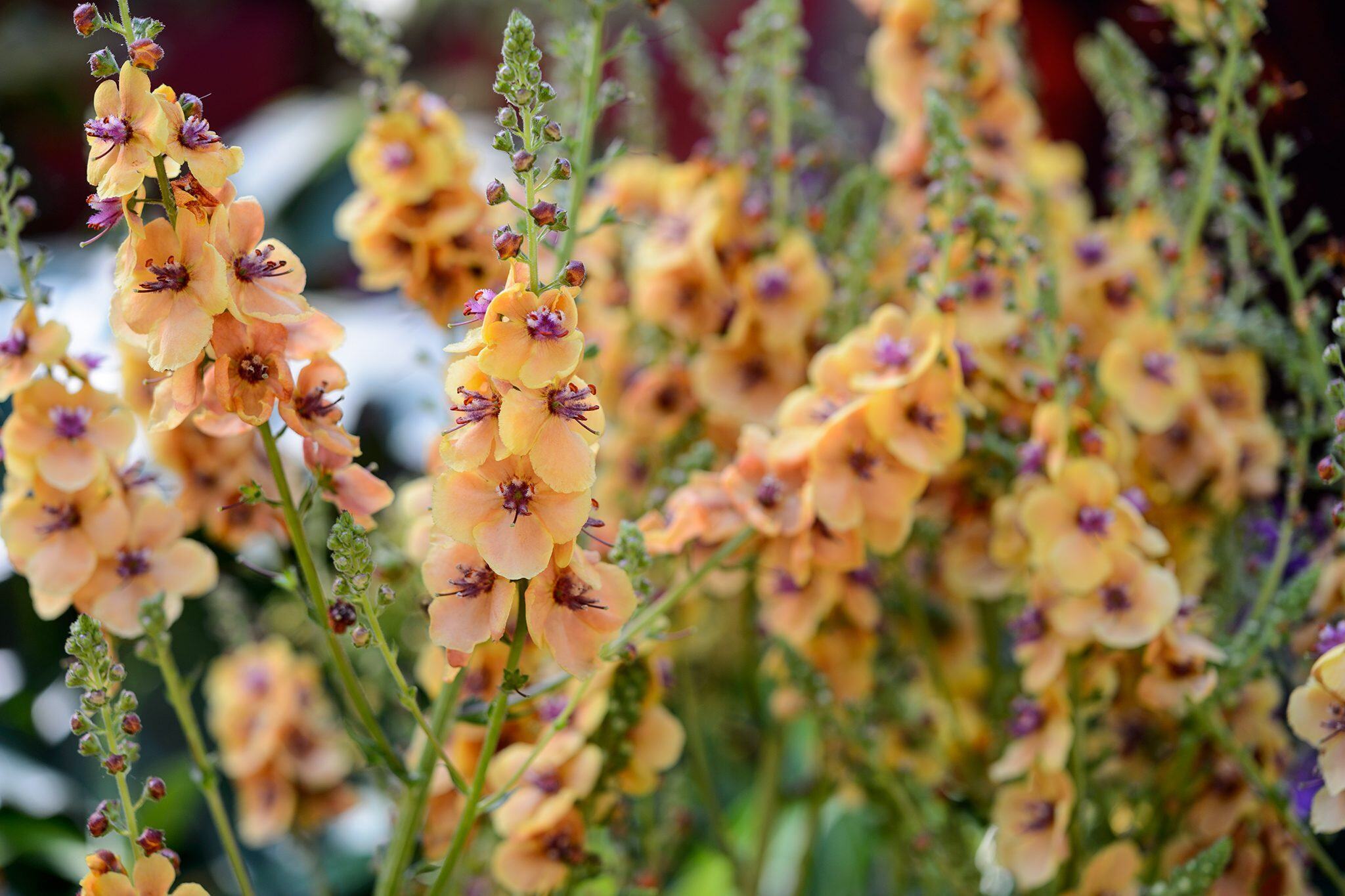
What is Verbascum? Verbascum, also known as mullein, is a genus of about 360 species of flowering plants in the figwort family, Scrophulariaceae. These plants are native to Europe and Asia, but some species have spread to North America and Australia. Known for their tall, spiky flower stalks and fuzzy leaves, Verbascum plants have been used for centuries in traditional medicine. They thrive in sunny, well-drained areas and are often found in meadows, roadsides, and disturbed soils. Why should you care about Verbascum? These plants not only add beauty to gardens but also attract pollinators like bees and butterflies. Plus, they have fascinating historical uses and unique characteristics that make them worth learning about.
What is Verbascum?
Verbascum, also known as mullein, is a genus of flowering plants in the figwort family, Scrophulariaceae. These plants are known for their tall, spiky flower stalks and woolly leaves. Here are some fascinating facts about Verbascum:
-
Ancient Uses: Verbascum has been used for centuries in traditional medicine to treat respiratory issues like coughs and bronchitis.
-
Over 300 Species: There are more than 300 species of Verbascum, each with unique characteristics and habitats.
-
Biennial Plants: Most Verbascum species are biennial, meaning they take two years to complete their life cycle.
-
Tall Flower Stalks: Some Verbascum species can grow flower stalks up to 10 feet tall, making them quite a sight in any garden.
-
Woolly Leaves: The leaves of many Verbascum species are covered in fine hairs, giving them a woolly texture.
-
Yellow Flowers: While Verbascum flowers can come in various colors, yellow is the most common.
Medicinal Properties of Verbascum
Verbascum has been valued for its medicinal properties for centuries. Let's explore some of its health benefits:
-
Respiratory Relief: Verbascum tea is often used to relieve symptoms of asthma, bronchitis, and other respiratory conditions.
-
Anti-inflammatory: The plant contains compounds that have anti-inflammatory properties, making it useful for treating skin conditions like eczema.
-
Antimicrobial: Verbascum has antimicrobial properties that can help fight off infections.
-
Pain Relief: Some studies suggest that Verbascum can help alleviate pain, particularly in the throat and chest.
-
Rich in Nutrients: The plant is rich in vitamins and minerals, including vitamin C, calcium, and magnesium.
Growing Verbascum
Interested in growing Verbascum in your garden? Here are some tips and facts to help you get started:
-
Sunlight: Verbascum thrives in full sunlight, so plant it in a sunny spot in your garden.
-
Well-Drained Soil: These plants prefer well-drained soil and can tolerate poor soil conditions.
-
Drought-Tolerant: Verbascum is drought-tolerant, making it a low-maintenance addition to your garden.
-
Propagation: Verbascum can be propagated from seeds or cuttings.
-
Pest-Resistant: The plant is generally resistant to pests, although it can occasionally be affected by aphids.
-
Attracts Pollinators: Verbascum flowers attract bees, butterflies, and other pollinators, making it beneficial for your garden ecosystem.
Cultural Significance of Verbascum
Verbascum has played a role in various cultures throughout history. Here are some interesting cultural facts:
-
Greek Mythology: In Greek mythology, Verbascum was associated with the goddess Hecate and was used in rituals to ward off evil spirits.
-
Roman Soldiers: Roman soldiers used the plant's woolly leaves as insoles for their sandals to provide extra cushioning.
-
Medieval Europe: During the Middle Ages, Verbascum was used in folk medicine and was believed to have magical properties.
-
Native American Uses: Native American tribes used Verbascum for its medicinal properties, particularly for treating respiratory issues.
-
Victorian Gardens: In the Victorian era, Verbascum was a popular ornamental plant in gardens.
Interesting Facts About Verbascum
Here are some more intriguing facts about this versatile plant:
-
Fire Starter: The dried flower stalks of Verbascum were historically used as torches and fire starters.
-
Natural Dye: The flowers can be used to produce a natural yellow dye.
-
Edible Leaves: Young Verbascum leaves are edible and can be cooked like spinach.
-
Symbolism: Verbascum symbolizes courage and protection in the language of flowers.
-
Scientific Research: Modern research is exploring the potential of Verbascum extracts in treating various health conditions.
-
Hybrid Varieties: There are numerous hybrid varieties of Verbascum, bred for their unique flower colors and patterns.
-
Wildflower Meadows: Verbascum is often included in wildflower meadow mixes due to its hardiness and attractiveness to pollinators.
-
Historical Texts: References to Verbascum can be found in ancient texts, including works by Pliny the Elder and Dioscorides.
-
Environmental Benefits: Verbascum can help improve soil health by preventing erosion and adding organic matter.
Final Thoughts on Verbascum
Verbascum, or mullein, is more than just a pretty plant. It has a rich history and a variety of uses. From its medicinal properties to its role in folklore, this plant has been valued for centuries. People have used it to treat respiratory issues, skin conditions, and even as a natural dye. Its tall, striking appearance makes it a favorite in gardens, attracting pollinators like bees and butterflies. Whether you're a gardener, herbalist, or just someone who loves learning about plants, Verbascum offers something interesting. Its resilience and versatility make it a fascinating subject. So next time you see this tall, fuzzy plant, you'll know there's more to it than meets the eye. Keep exploring the natural world; you never know what other amazing facts you'll uncover.
Was this page helpful?
Our commitment to delivering trustworthy and engaging content is at the heart of what we do. Each fact on our site is contributed by real users like you, bringing a wealth of diverse insights and information. To ensure the highest standards of accuracy and reliability, our dedicated editors meticulously review each submission. This process guarantees that the facts we share are not only fascinating but also credible. Trust in our commitment to quality and authenticity as you explore and learn with us.
